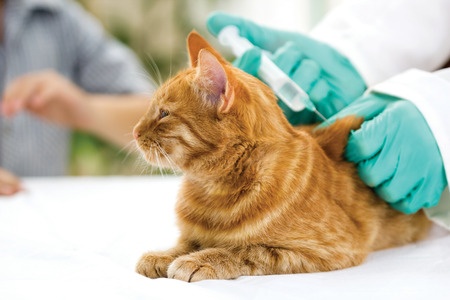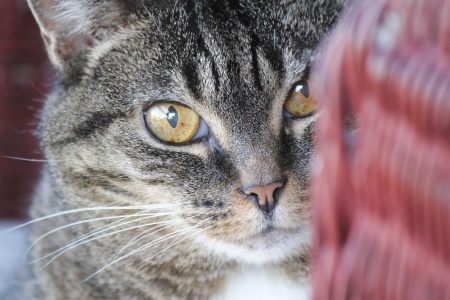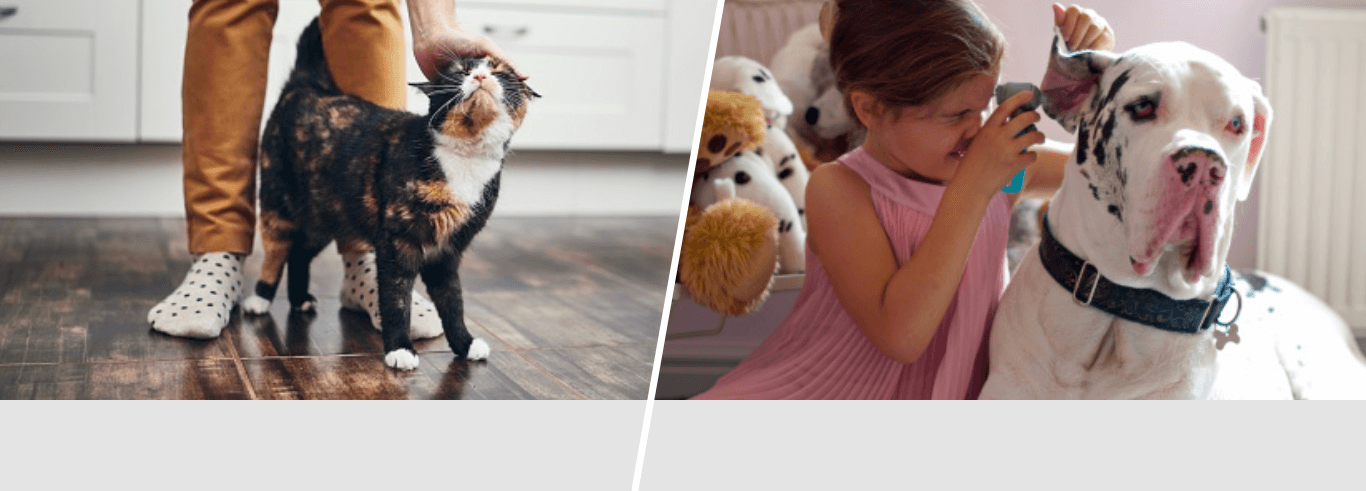How do I cope with cat diabetes?
Whilst the problem of cats suffering from diabetes is probably under diagnosed, it is believed to be around 0.5 to two per cent of the feline population.
Fortunately, it is a very manageable condition and although it has the potential to lessen your cat’s lifespan, the impact of diabetes can be reduced if you learn how to monitor your cat’s blood sugar levels.
Who gets it and why?
If your cat is overweight, it will be more at risk from cat diabetes.
Female cats with pancreatic disease or hormonal imbalances are also susceptible to the condition.
Older male cats which have been neutered are at a higher risk.
What are the signs your feline may have cat diabetes?
There are five key signs that your cat may be suffering with diabetes and you need to consult your vet if you are concerned about any of the following:
- An increase in appetite
- Sudden weight loss (despite increased food intake)
- Drinking more and a lot more thirsty
- Urinating more frequently
- Lethargic
As should always be the case if you suspect your cat has a serious health condition, consult a vet with any concerns and to get a professional opinion.
The three types of cat diabetes
Just as in humans, there are three different types or diabetes which cats can suffer from:
Type 1 Diabetes: Due to an absolute insulin deficiency and the pancreas not producing enough insulin to regulate glucose in the bloodstream, this is very rare in cats.
Type 2 Diabetes: The most common form suffered by cats. Cells in the body don’t respond to insulin provided, so he has high blood sugar and excess sugar in the urine.
Type 3 Diabetes: Much less common, it tends to occur because of other conditions which have historically damaged the pancreas.
Once diagnosed, is there anything you can do to help manage the condition?
Caring for a cat with diabetes is a big daily commitment, but there is no reason why a diabetic cat cannot live well into its teens.
In general, treatment for diabetes falls into three categories:
- Insulin injections
- Oral medication
- Diet
Will it have any impact on what I feed my cat?
Most cats have a diet made up of proteins and fats to give them energy and managing a diabetic cat’s food intake is vital in order to maintain suitable weight and nutrition levels.
Avoid giving your cat a high carbohydrate diet as this may lead to weight gain and increase their number of diabetic incidences.
Giving your cat small and regular meals will minimise the risk of spikes in their glucose levels.
If you are unsure what to feed your cat, ask your vet for ideas which are best suited to your pet and your lifestyle.
Coping with cat diabetes can be a challenge, but remember to keep your furry friend protected with Argos Pet Insurance provided by Pinnacle Insurance Ltd. Explore our cat insurance policies today.
 Sorry, our lines are now closed
Sorry, our lines are now closed





